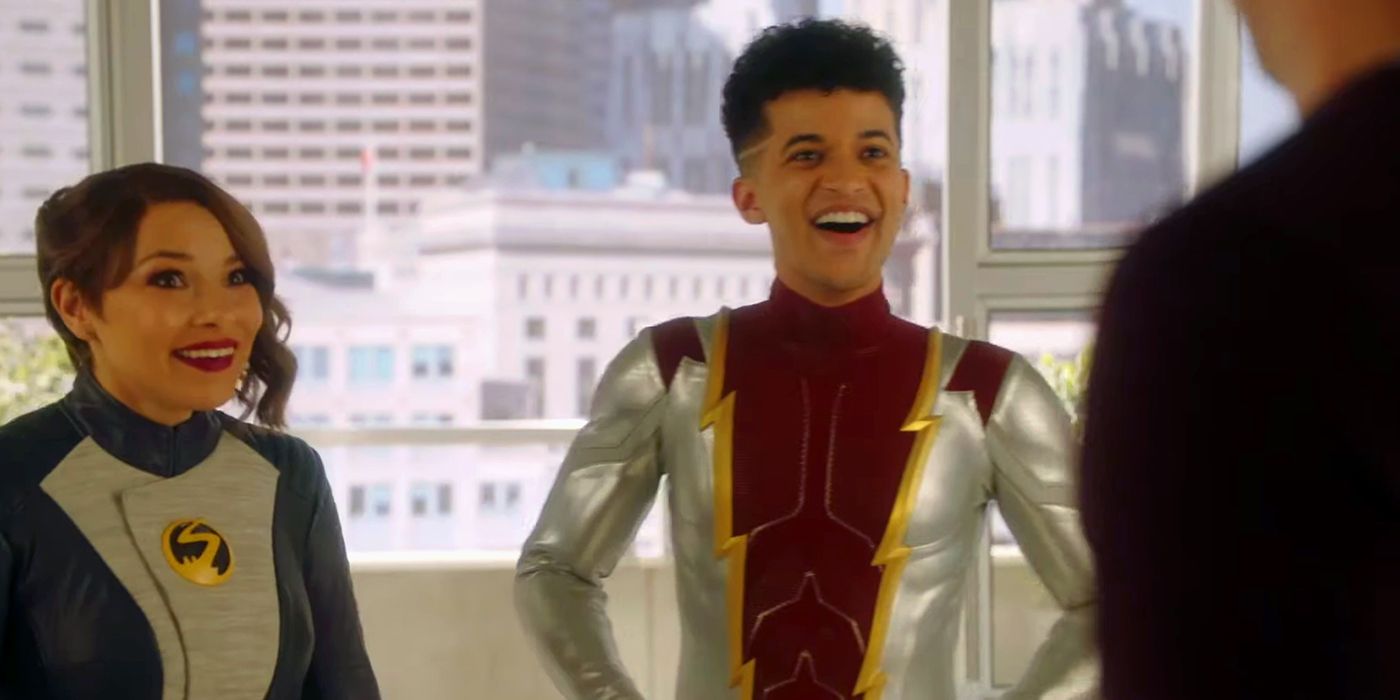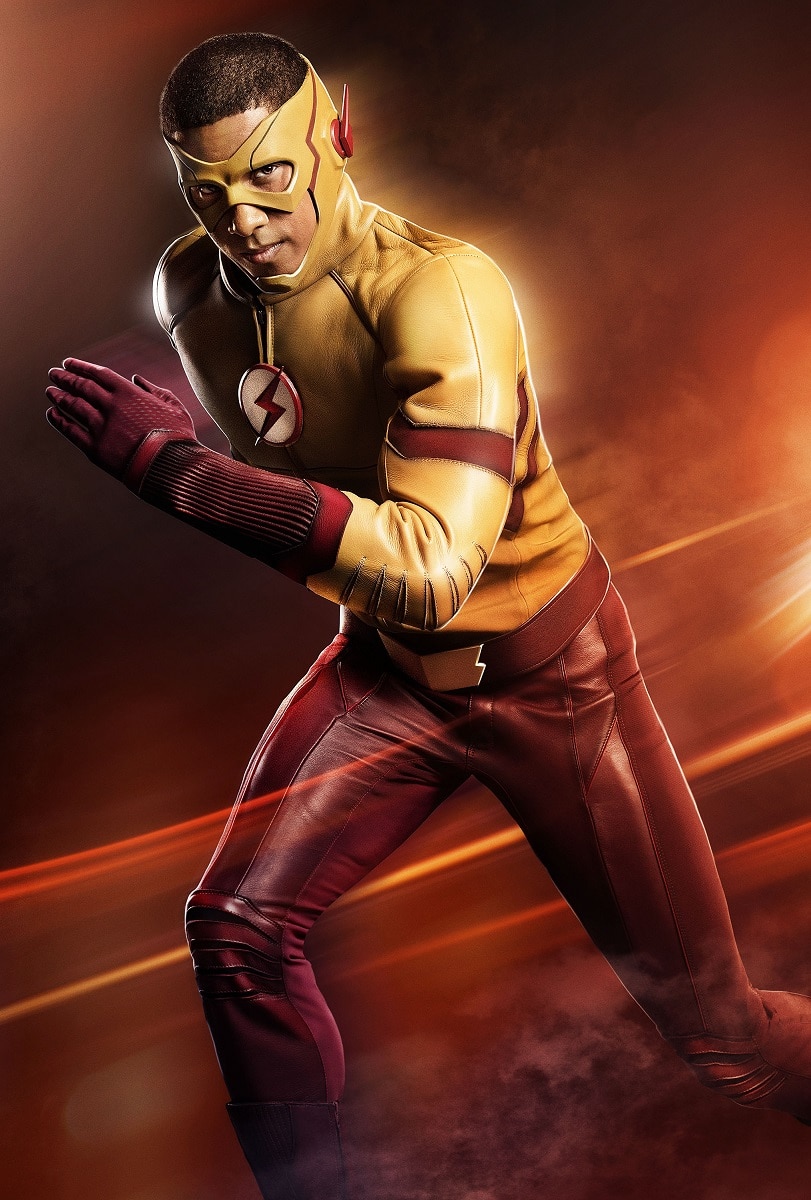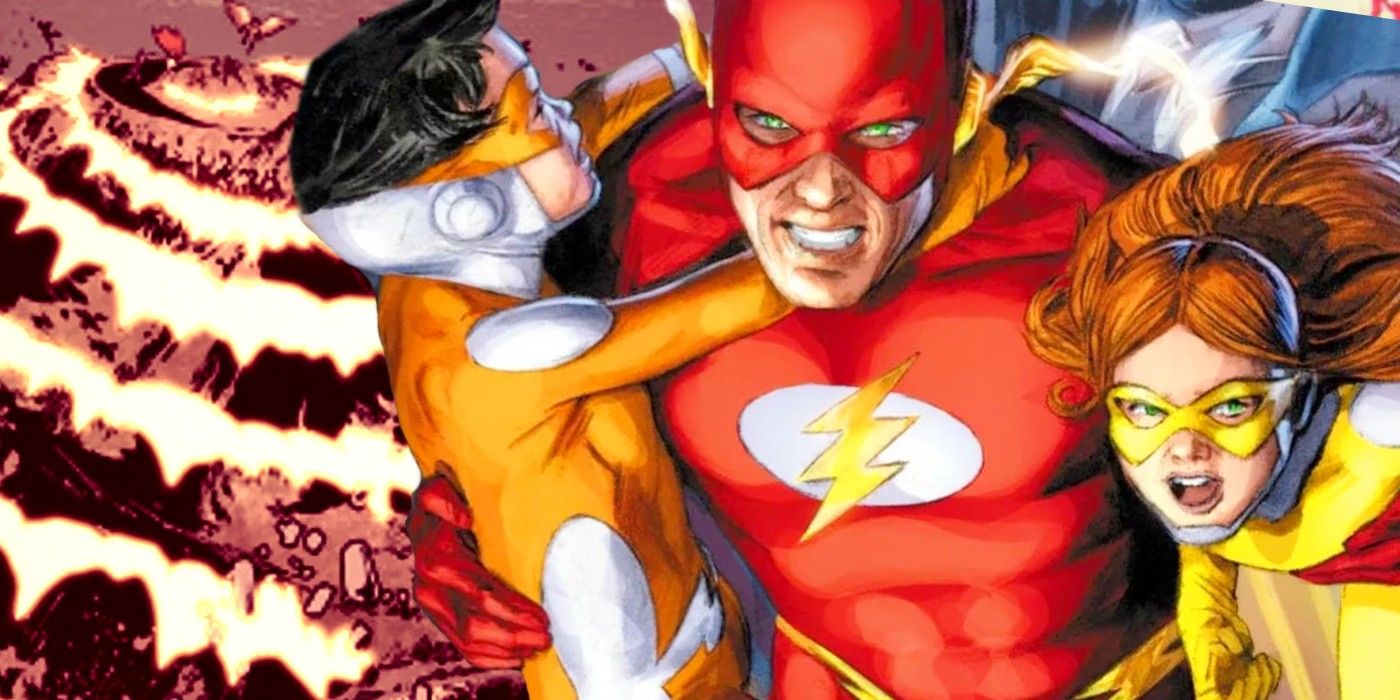Exploring The Bright Legacy: What Is A Flash Son?
Have you ever experienced a sudden, intense burst of light that truly catches you off guard? Maybe it was a quick, bright flicker, or perhaps a powerful, all-encompassing glow. That kind of sudden illumination, that startling burst, can leave a lasting impression. It can make you wonder what exactly you just saw, or what caused such a dramatic visual event. In a way, these powerful moments of light have their own "offspring," their own significant outcomes, which we can think of as a "flash son."
This idea of a "flash son" isn't about a person, not really. It's more about the lasting impact, the profound effects, or the distinct characteristics that emerge from those truly bright, unexpected flashes. Think about how a sudden light can wake you up completely, or how it can reveal something you didn't see before. These are the kinds of effects, the "sons" of the flash, that shape our perception and understanding.
Our world, you know, is full of these fleeting, yet impactful, light events. From everyday occurrences to moments of great consequence, a flash often signals something important, something that leaves a mark. We're going to look closely at what these flashes mean and how their "sons" — their outcomes and characteristics — shape our experience, a bit like a story unfolding.
Table of Contents
- The Nature of a Sudden, Bright Light
- The Science Behind the Flash
- The Impactful Flash Son: Understanding the Consequences
- Frequently Asked Questions About Flashes
The Nature of a Sudden, Bright Light
A flash, in its most basic form, is a brief, very bright burst of light. It can come from many sources, and its effect on us can vary quite a bit. Sometimes, it's just a quick visual event, but other times, it carries a lot of meaning or even a sense of wonder. To truly grasp the idea of a "flash son," we should first explore the different ways these flashes show up in our lives, you know, what they look like and how they feel.
Personal Encounters with the Unexpected Flash
Imagine being sound asleep, and then, suddenly, a light so strong hits your eyes that you are immediately awake. It's almost like someone held a very bright flashlight right up to your face, just inches away. That first flash is so intense, it makes you sit straight up, very quickly, as a matter of fact. It’s a powerful wake-up call, really.
Then, about five seconds later, another flash happens. By this time, you are fully awake, sitting up, and you see its reflection on the wall. This second flash, to you, looks a bit like an electrical spark or a strobe light, and it seems to come from closer to the ground. This kind of experience, you know, can make you wonder what's going on, especially when it happens in your own home. It was in the kitchen, actually, on the second floor, connected to the living room. The interesting thing is, when this happened last summer, the old kitchen had been completely taken out, all the lights were gone, and even the fuses in the fuse box were removed. So, a flash in that situation is, well, quite puzzling.
The brightness of such a flash can be truly remarkable. It can be just as bright as sunlight during the day. This kind of light, you see, has the ability to completely fill a space, even if it lasts only for a moment. It shows us how potent a quick burst of light can be, and how it can command our full attention, practically.
Significant Flashes in Historical Moments
Flashes are not just personal experiences; they can also be part of larger, more public events. Consider, for example, the tapes of planes hitting the WTC towers. These recordings, you know, clearly show a flash of light right as the nose of the plane touches the side of the building. This visual detail is quite striking, really, and it has led to much discussion.
Four different views of the second strike, and the one and only film capture of the first strike, all show this flash. This consistent appearance of the flash, you know, has made some people, like the conspiracy guy, suggest it was an incendiary device. The idea was that such a device would make sure the fuel ignited upon impact. Whether that is true or not, the presence of the flash itself is a notable feature of these moments, and it definitely contributes to how people interpret what happened.
These historical flashes, in a way, become a "flash son" themselves. They are the immediate, visible outcome of a massive event, and they give rise to questions, theories, and a need for deeper investigation. They become a point of focus, a visual cue that holds a lot of weight for many people.
The Science Behind the Flash
Beyond the immediate visual impact, flashes often have a scientific basis. Understanding the principles that cause these sudden bursts of light can help us make sense of them. There are various scientific concepts tied to flashes, from the properties of liquids to the behavior of electrical circuits, and it's quite interesting to explore them, you know.
Understanding Flash Points and Liquid Mixtures
When we talk about liquids, a "flash point" is a very important concept. It's the lowest temperature at which a liquid can form a flammable vapor mixture with air near its surface. At this temperature, the vapor can ignite if an ignition source is present, but it won't keep burning. So, if you're looking to create a mixture out of two liquids, you might want a specific flash point, say around 70ºF, for a particular purpose. This is a very precise characteristic, actually, that people consider for safety or specific applications.
The flash point is, in essence, a measure of how easily a liquid's vapors can ignite. It's a critical piece of information for handling and storing many substances. The "flash son" here is the inherent danger or the specific property that comes from a liquid's ability to produce these ignitable vapors. It's a characteristic born from the liquid's composition and temperature, you know, quite a significant detail.
The Flicker Question: LEDs and Power Supplies
Sometimes, the discussion around flashes isn't about a single, dramatic event, but about the very subtle behavior of light sources. Take LEDs, for instance. There was a disagreement with my dad about this, and I was hoping someone could give a clear answer. My thought was that an LED, when driven by a rectified DC power supply, wouldn't flicker, provided the rectification was smoothed out enough. My dad, though, texted me something from a manufacturer that suggested otherwise. This is a classic example of how even seemingly simple light sources can have complex behaviors.
The "flash son" in this situation is the flicker itself, or the lack thereof. It's a subtle outcome of how the power is delivered to the light source. It shows that even in modern lighting, the way electricity is managed can lead to specific visual effects, and it's something people often debate, too, it's almost a common point of contention.
Measuring Flash Frequency and Circuit Behavior
In electrical circuits, flashes can also relate to frequency. There's a sizing methodology that helps us understand this. For example, you might need to determine the flash frequency based on a given resistance value in a circuit. And then, you could sketch the voltage across a capacitor in such a circuit, showing several periods of its behavior. This kind of analysis is very important for designing and troubleshooting electronic systems, really.
The "flash son" here is the predictable, rhythmic pattern of the flash, or the voltage behavior that causes it. It's the direct result of the circuit's design and its components. It shows how flashes can be controlled and understood through electrical principles, which is quite fascinating, you know, for those who work with electronics. Learn more about circuits on our site.
The Impactful Flash Son: Understanding the Consequences
Flashes are not just visual phenomena; they often have very real, tangible effects on people and their surroundings. These effects are, in a sense, the "flash son" – the direct consequences or results that come from a sudden burst of light and accompanying energy. Understanding these impacts helps us appreciate the full scope of what a flash can mean.
Stun Grenades and Their Disorienting Effects
Consider stun grenades, also known as flash-bang grenades. These devices operate on a specific principle: they create a large blast of light and sound, but almost no shrapnel. The noise and the brightness of the flash are designed to be very disorienting. The shock wave from the blast can actually knock a person down. However, the chances of being killed by one, even if you are very close, are very slim. They are built to incapacitate temporarily, not to cause lasting physical harm, generally speaking.
The "flash son" of a stun grenade is this disorienting effect. It's the immediate, powerful, yet temporary, impact on a person's senses and balance. This specific outcome is what makes these devices useful for certain situations, like crowd control or tactical operations. It's a clear example of how a flash can produce a very specific, intended result, you know, a very direct consequence.
The Lasting Impression of a Flash
Every flash, whether it's a personal experience, a historical event, or a scientific phenomenon, leaves some kind of impression. The first flash that wakes you up leaves you wondering. The flashes seen during the WTC events spark theories and a desire for answers. The flash point of a liquid tells us about its safety. And the flash from a stun grenade creates a momentary state of confusion. These lasting impressions, these effects on our understanding or our physical state, are all aspects of the "flash son."
The "flash son" is the knowledge gained, the questions raised, the safety considerations understood, or the temporary sensory overload experienced. It's the legacy of that brief, bright moment. It reminds us that even the quickest events can have profound and lasting effects, shaping our thoughts and actions long after the light has faded. So, the next time you see a sudden flash, perhaps you'll think about its "son" – what it means, what it reveals, or what it leaves behind. It's a pretty interesting way to look at things, you know, when you really think about it. Learn more about light phenomena on our site, and link to this page here.
Frequently Asked Questions About Flashes
People often have questions about these sudden bursts of light. Here are a few common ones, based on what we've talked about:
What makes a flash so bright it can wake someone up?
A flash can be so bright because it releases a lot of light energy in a very short amount of time. When that light hits your eyes, even through closed eyelids, your brain registers it as a strong stimulus, causing you to wake up very quickly. It's like your eyes are suddenly exposed to something as strong as daylight, even if it's just for a moment, which is quite effective for waking you up, really.
Are flashes seen during events like the WTC strikes proof of incendiary devices?
The appearance of flashes during events like the WTC strikes is a subject of much discussion. While some people, like the conspiracy guy mentioned, suggest they indicate incendiary devices, official explanations typically attribute them to the sudden ignition of fuel and structural materials upon impact. The visual evidence of the flash itself is clear, but its cause is, well, something that people interpret differently.
How does a liquid's flash point relate to its safety?
A liquid's flash point is very important for safety because it tells you the lowest temperature at which the liquid can release enough flammable vapor to ignite in the presence of a spark or flame. A lower flash point means the liquid is more likely to catch fire at typical room temperatures, making it more hazardous. So, knowing the flash point helps people handle and store liquids in a safe way, which is pretty vital, you know, for preventing accidents.

The Flash Season 7 Trailer Shows Barry Meeting His Son Impulse

Red Son Flash

Flash's Son Debuts a New Superman-Tier Power